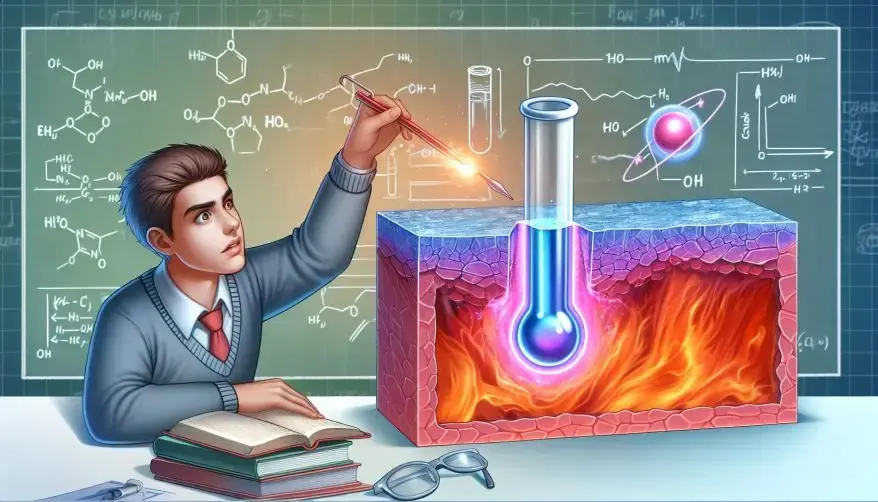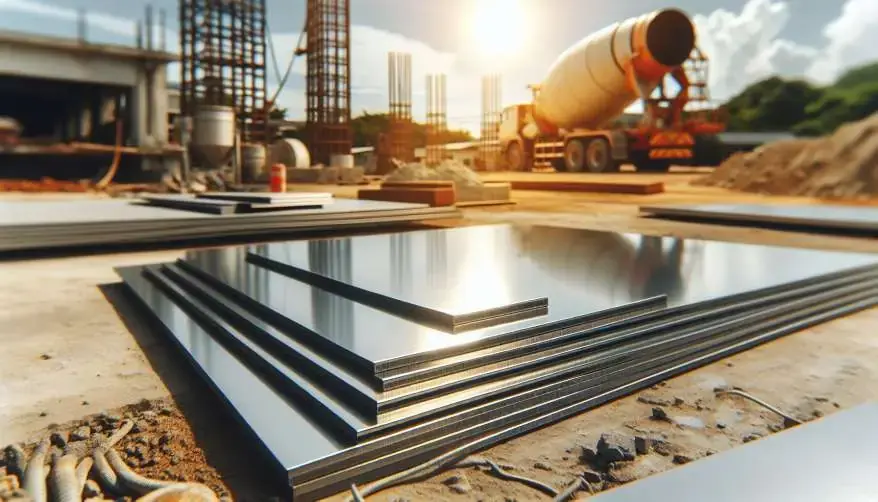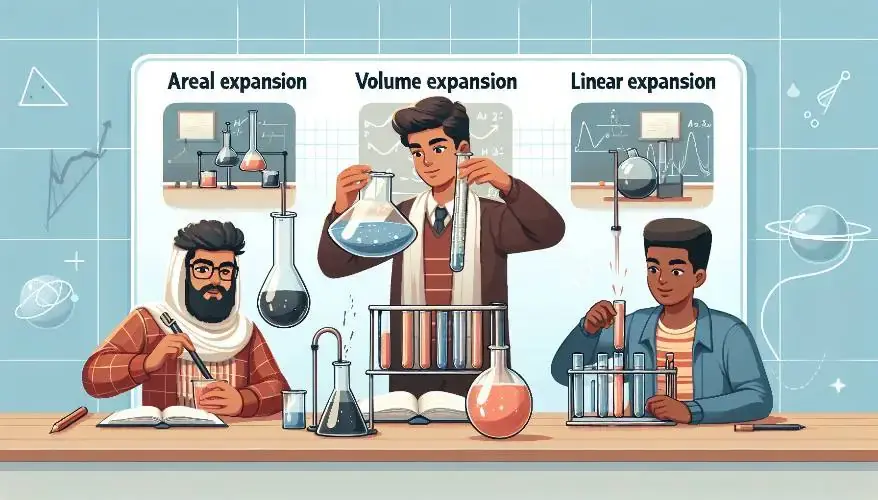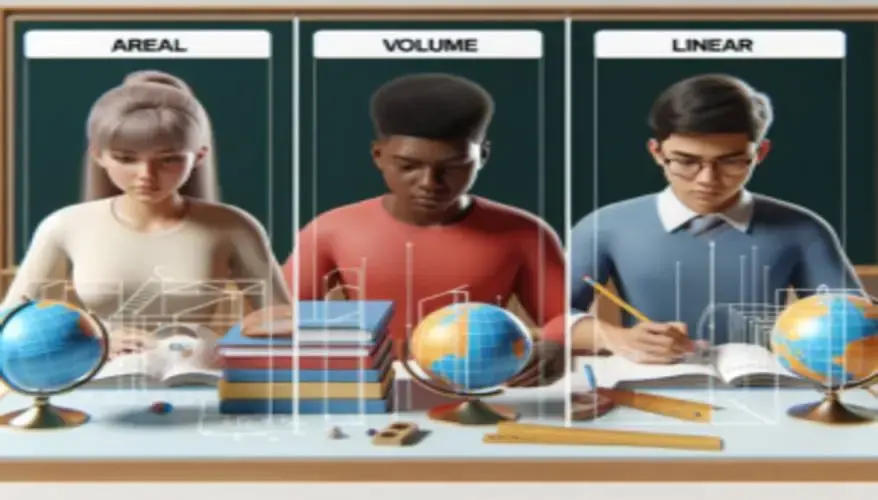Thermal Expansion: Why Objects Change Size
Ever noticed that railway tracks have small gaps between them? Or why do electric wires sag in summer but tighten in winter? These happen because of thermal expansion—the property of matter to expand when heated and contract when cooled. In this article, we’ll learn about thermal expansion in solids, liquids, and gases with simple examples. Thermal expansion occurs because particles in a substance move more and occupy more space as the temperature increases. Therefore, this movement causes the material to expand. When you heat a metal rod, its particles vibrate more vigorously and push each other apart, increasing its length.
What is Thermal Expansion?
An object expands when heat makes its particles vibrate more and occupy more space. When cooled, the particles slow down, and the object contracts. This effect is called thermal expansion.
Types of Thermal Expansion

1. Linear Expansion (Increase in Length)
Heating a solid increases its length while keeping its width and thickness nearly constant. We call this linear expansion, which occurs because of thermal expansion.
Formula:
The change in length (∆L) is calculated by:
∆L = α L₀ ∆T
- α = Coefficient of linear expansion (different for each material)
- L₀ = Original length
- ∆T = Change in temperature
Examples:
- Railway tracks have small gaps to allow expansion in summer.
- Metal bridges expand on hot days, so they are built with expansion joints.
- Concrete roads have grooves to prevent cracking due to expansion.
Why does this happen?
Heating makes atoms vibrate more, pushing them slightly apart, increasing their length.
2. Areal Expansion (Increase in Area)
Heating a flat object like a metal sheet expands its surface area through thermal expansion, a phenomenon we call areal expansion.
Formula:
The change in area (∆A) is given by:
∆A = β A₀ ∆T
- β (≈ 2α) = Coefficient of areal expansion
- A₀ = Original area
- ∆T = Change in temperature
Examples:
- Metal plates used in construction expand in summer.
- Pipes with large surfaces bulge slightly when heated.
- Bimetallic strips (used in thermostats) bend because two metals expand differently.
Why does this happen?
Since expansion happens in all directions, the area increases more noticeably than length alone.

3. Volume Expansion (Increase in Volume)
Heating liquids and gases expands them in all three dimensions—length, width, and height. Thus, this volume expansion results from thermal expansion.
Formula:
The change in volume (∆V) is calculated by:
∆V = γ V₀ ∆T
- γ (≈ 3α) = Coefficient of volume expansion
- V₀ = Original volume
- ∆T = Change in temperature
Examples:
- Liquids in thermometers rise when heated (e.g., mercury or alcohol).
- Hot air balloons expand when heated, making them float.
- Fuel tanks are not filled completely to allow for expansion.

Why does this happen?
In liquids and gases, particles move freely, so heating makes them spread out in all directions.
Comparison of Expansion in Solids, Liquids, and Gases due to thermal expansion
| Property | Solids | Liquids | Gases |
|---|---|---|---|
| Expansion | Least | Moderate | Highest |
| Particle Movement | Vibrate in place | Slide past each other | Move freely |
| Example | Metal rod | Mercury in thermometer | Air in balloon |
Examples of Thermal Expansion in Daily Life
✅ Railway Tracks: Gaps are left between tracks to allow expansion in summer. If these gaps were not present, the tracks could buckle due to the heat, leading to potential accidents.
✅ Electric Wires: Wires loosen in summer (expand) and tighten in winter (contract).
✅ Bimetallic Strips: Used in thermostats because metals expand differently. When the temperature changes, the two metals in a bimetallic strip expand at different rates, causing the strip to bend.
✅ Hot Air Balloons: Air expands when heated, making the balloon rise. As the air inside the balloon is heated, it becomes less dense than the cooler air outside. Therefore, this difference in density causes the balloon to lift off the ground and float.
FAQ’s
Q1. Why do bridges have expansion joints?
Ans: To prevent damage from thermal expansion in summer and contraction in winter.
Q2. Why does a glass bottle crack when hot liquid is poured suddenly?
Ans: The inner part expands due to heat, but the outer part remains cool, causing uneven stress and cracking.
Q3. Which expands more: solids, liquids, or gases?
Ans: Gases > Liquids > Solids (Gases expand the most because their particles are far apart.)
Q4. What is the coefficient of thermal expansion?
Ans: It measures how much a material expands per degree temperature change.
Thermal expansion is an important concept in physics and engineering. Hence, engineers design structures like bridges, pipelines, and railway tracks with gaps. Understanding this helps in building safer and more efficient machines and infrastructure.
Reference
- Yakout, M., Elbestawi, M. A., & Veldhuis, S. C. (2018). A study of thermal expansion coefficients and microstructure during selective laser melting of Invar 36 and stainless steel 316L. Additive Manufacturing, 24, 446-456. https://doi.org/10.1016/j.addma.2018.09.035
- Kaladze, T. D., & Misra, A. P. (2023). Thermal expansion of atmosphere and stability of vertically stratified fluids. Physics Letters. A, 480(128990), 128990.
https://doi.org/10.48550/arXiv.2306.04372
Additionally, to stay updated with the latest developments in STEM research, visit ENTECH Online. Basically, this is our digital magazine for science, technology, engineering, and mathematics. Furthermore, at ENTECH Online, you’ll find a wealth of information.






